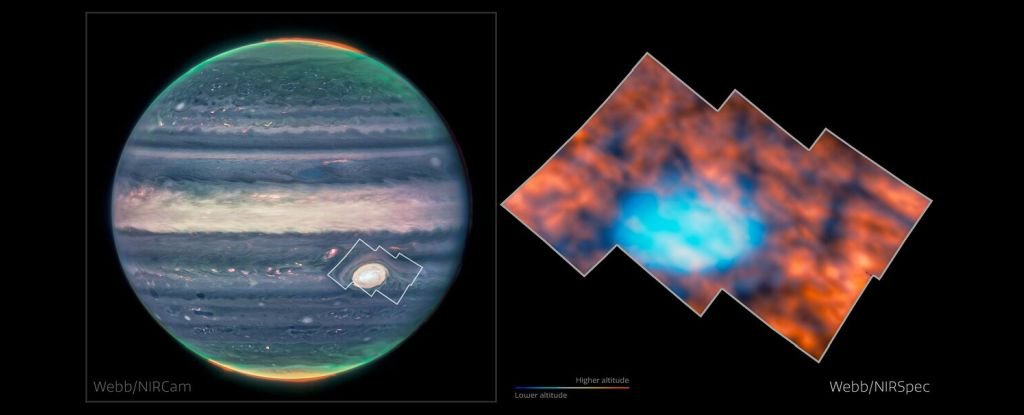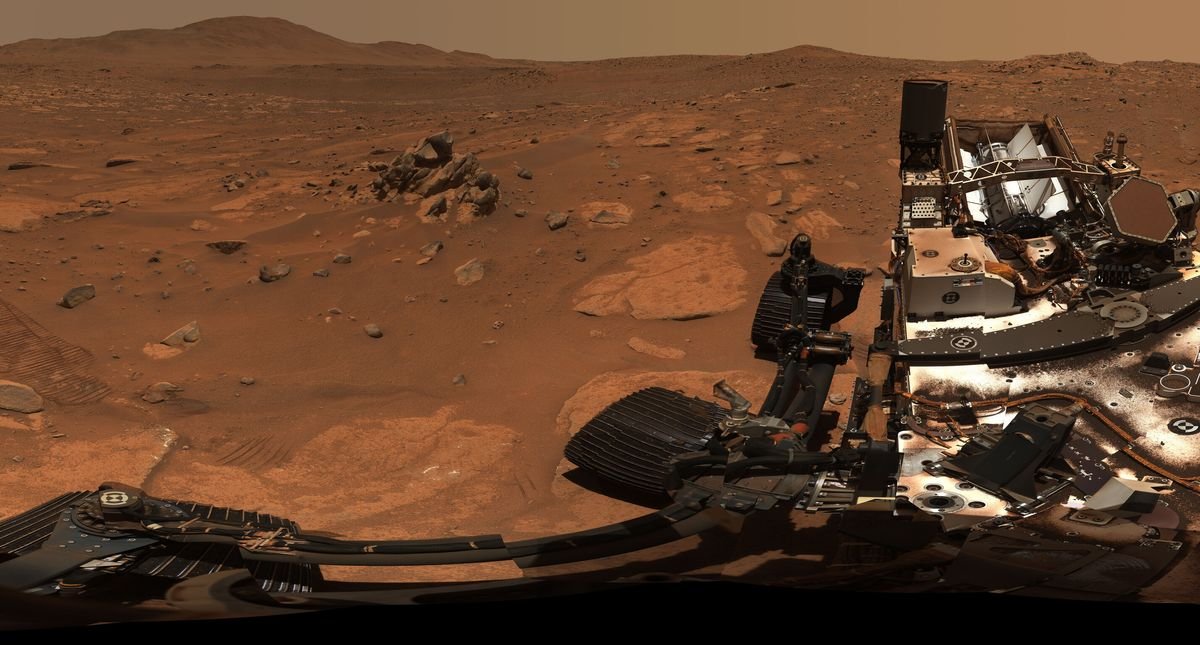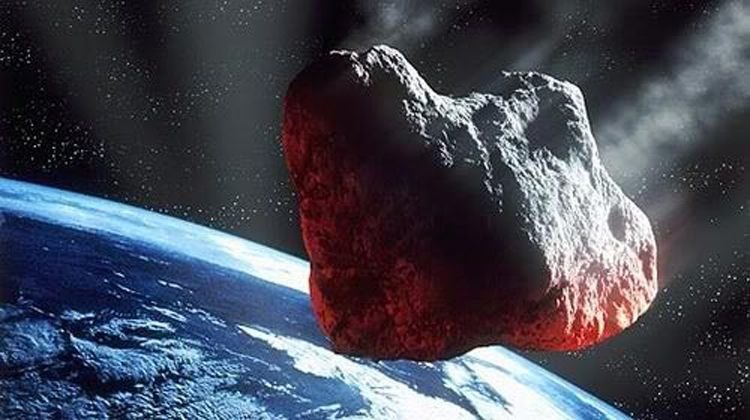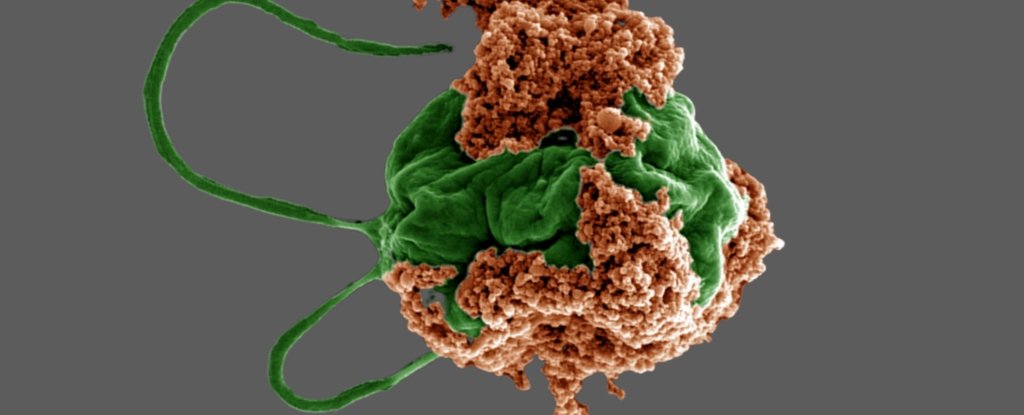Saturn has its famous hexagon, and Jupiter has just now been caught throwing mad shapes too.
High up in its atmosphere, astronomers have identified strange, glowing new features, in the region above the tempestuous Great Red Spot.
There, in the ionosphere, concentrations of ionized hydrogen cause a near-infrared glow in arcs, bands, and spots that suggest the wild planet is far wilder than we even suspected.
“We thought this region, perhaps naively, would be really boring,” says planetary scientist Henrik Melin of the University of Leicester in the UK. “It is in fact just as interesting as the northern lights, if not more so. Jupiter never ceases to surprise.”

Jupiter’s atmosphere is a turbulent place, roiling with storms and weather systems that rage with a power and fury that boggles the mind. And the Great Red Spot takes the proverbial cake. It’s the largest storm we have here in the Solar System, around the size of the entire planet of Earth, and it has seethed in the Jovian atmosphere for centuries.
We have nothing like that here on our own planet, and scientists would dearly love to know what drives the Great Red Spot, and its unusual longevity. And the arrival of JWST has given us a new way to probe it.
The space telescope views the Universe in near- and mid-infrared, in high resolution, opening up a window to a layer of Jupiter’s atmosphere not well understood: the ionosphere.
Here, processes such as ultraviolet solar irradiation ionize hydrogen gas, creating positively charged ions called trihydrogen cations (H3+). These ions produce an infrared glow. In Jupiter’s mid- to low-latitude regions, this glow is faint, and gets mixed up with the brighter glow of other things, so we haven’t been able to explore the H3+ in detail.
Because Jupiter only receives about 4 percent of the solar radiation that arrives at Earth, scientists thought that the glow must be pretty evenly distributed.
After JWST turned its golden gaze to the giant planet, Melin and his colleagues took a closer look at the data, to see if they could glean some insights into the Great Red Spot. Part of this involved identifying the distribution of H3+ in the lower ionosphere.
To their surprise, they found complex, intricate structures in the gas, formed from higher and lower concentrations of H3+. This suggests that, although the dominant mechanism for the ionization of hydrogen is sunlight, something else is at play that causes strange shapes to appear in the gas.
“One way in which you can change this structure is by gravity waves – similar to waves crashing on a beach, creating ripples in the sand,” Melin says.
“These waves are generated deep in the turbulent lower atmosphere, all around the Great Red Spot, and they can travel up in altitude, changing the structure and emissions of the upper atmosphere.”
This could mean that the layers of Jupiter’s atmosphere are superimposed, and interacting in complex and heretofore unseen ways. Modeling of Jupiter’s atmosphere shows that gravity waves can produce the observed variations in the density of H3+ in the Jovian ionosphere.
It is, however, going to take a bit more observation and analysis to find out for sure what is going on. But it’s worth doing: as the researchers note, the new discovery shows that we’ve been overlooking what could be a very important aspect of Jupiter’s weather, based on the erroneous assumption that there’s just nothing to see there.
“Jupiter’s low-latitude ionosphere has long been considered quite bland, especially when contrasted to the dynamic auroral zones. The observations presented here show that this is far from true, and there is a richness in features that have never been seen before,” they write in their paper.
“The fact that the lower and upper atmospheres are so strongly coupled at Jupiter may also imply strong coupling at other giant planets … These JWST observations form the proof of concept for future investigations of this region.”
The findings have been published in Nature Astronomy.










